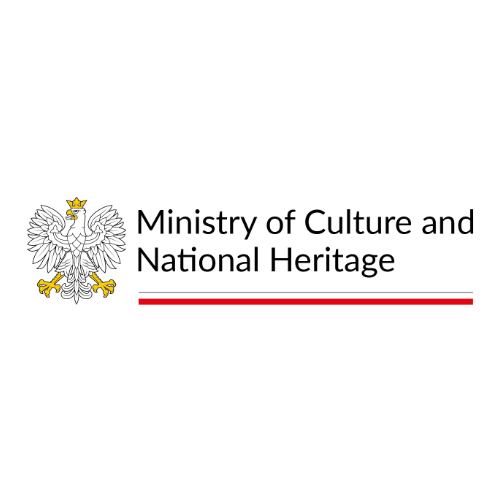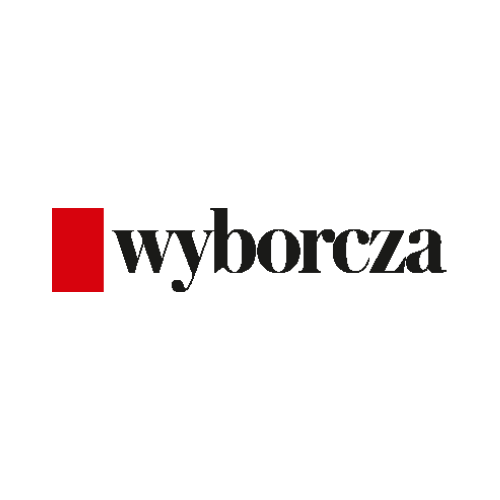The Magic Flute
Wolfgang Amadeus Mozart
Opera in two acts
Libretto: Emanuel Schikaneder
World premiere: 30 September 1791, Vienna
Premiere of this production: 25 November 2012, Berlin
Production: Komische Oper, Berlin
In the original German with Polish surtitles
Everything in Barrie Kosky’s production of The Magic Flute seems like a fairytale and each subsequent idea is a proof of the director’s enormous sense of humour: the composer must have had a lot of fun working with Wolfgang Amadeus Mozart’s score. The red curtain opens to reveal nothing but a white screen where all the frolics will soon take place – the director will juggle elements of silent film, slapstick comedy and cartoon art. His collaborators, Suzanne Andrade and Paul Barritt, also known as “1927”, mixed film animation with live theatre. The effect is stunning. Papageno, the boisterous bumpkin portrayed here as a sad clown channelling Buster Keaton, gets drunk onstage in the company of pink elephants quaffing cocktails from flute glasses. The Queen of the Night is a huge spider, Monostatos appears as a pale vampire dressed as Count Dracula, while Pamina’s black wig with a fringe makes her look like Louise Brooks, the iconic silent film actress and dancer.
Perhaps Kosky’s vivid imagination should be attributed to his origins: the director describes himself as an 'Eastern European cocktail' on account of his Jewish, Belarusian, Russian, Polish and Hungarian roots. He also does not hide his youthful fascination with Jerzy Grotowski and Tadeusz Kantor, whom he first heard about while a student at the University of Melbourne in the 1980s.
Watching his take on The Magic Flute you cannot help but think that the director takes us back to the beginnings of the film industry, back when the venues where the first one-reelers were shown were known in Polish as ‘kinoteatr’ after the American ‘movie theatre’ and their aim was to provide the audience with simple entertainment. Here, Kosky’s vision, as sophisticated as it is, starts to align with the character of The Magic Flute, nowadays considered as a masterpiece of high art, yet originally written as a cheerful Singspiel (literally 'sing play') for the popular Theater auf der Wieden located in the Viennese suburbs and frequented by audiences with ordinary tastes.
Mozart was commissioned to write The Magic Flute by the theatre’s director, his friend and collaborator, Emanuel Schikaneder. On 30 September 1791 the composer conducted the opera from the harpsichord. It was received enthusiastically and performed non-stop throughout October 1791. The audience even demanded encores, which the composer cheerily emphasised in letters to his wife, Constanze. In the span of a year, The Magic Flute had been performed over a hundred times in Vienna, then ventured beyond Austria's borders. Two years after the world premiere, the opera was shown in Warsaw, at the National Theatre.
‘At first glance, the Singspiel’s plot seems rather chaotic. We must accept that it is governed by a different kind of logic which has nothing in common with the adult world and its rationality. We find ourselves in the land of fairytales,’ writes Guy Wagner in his book Bruder Mozart exploring Masonic themes in Wolfgang Amadeus’s music.
Critics spent years trying to explain the eruption of pure nonsense that defines Schikaneder’s libretto. Convoluted as it is, it is definitely open to various interpretations. Barrie Kosky presents it as a logical, yet utterly fantastical tale about the fear of loneliness and the fact that nobody should be alone. The Warsaw production is a restaging of the Komische Oper’s now famous 2012 production which has been successfully shown around the world. Kosky is the general manager and artistic director of the Berlin theatre.
-
Time is measured by
-

Cast
Credits
Chorus and Orchestra of the Polish National Opera
Władysław Skoraczewski Artos Boys’ Choir (in the roles of Boys/Knaben)
Extras
Synopsis
Sponsors
-
Ministry of Culture and National Heritage of the Republic of Poland
-
Patrons of the Polish National Opera
Partners of the Opera Academy
-
Partners of the Polish National Opera
-
Media patrons





![[Translate to English:]](/fileadmin/import/media/img/sezon24_25/czarodziejski_flet_tlo_2024.jpg)
![[Translate to English:] Projekt plakatu: Adam Żebrowski [Translate to English:] Projekt plakatu: Adam Żebrowski](/fileadmin/import/media/img/SPEKTAKLE_KONCERTY/Czarodziejski_flet/czarodziejskiflet_plakat_OK.jpg)
![[Translate to English:] Czarodziejski flet fot. Magda Hueckel-Śliwińska [Translate to English:] Czarodziejski flet fot. Magda Hueckel-Śliwińska](/fileadmin/import/media/img/SPEKTAKLE_KONCERTY/Czarodziejski_flet/_DSC4132.jpg)
![[Translate to English:] Czarodziejski flet fot. Magda Hueckel-Śliwińska [Translate to English:] Czarodziejski flet fot. Magda Hueckel-Śliwińska](/fileadmin/import/media/img/SPEKTAKLE_KONCERTY/Czarodziejski_flet/_DSC4169.jpg)
![[Translate to English:] Czarodziejski flet fot. Magda Hueckel-Śliwińska [Translate to English:] Czarodziejski flet fot. Magda Hueckel-Śliwińska](/fileadmin/import/media/img/SPEKTAKLE_KONCERTY/Czarodziejski_flet/_DSC4269.jpg)
![[Translate to English:] Czarodziejski flet fot. Magda Hueckel-Śliwińska [Translate to English:] Czarodziejski flet fot. Magda Hueckel-Śliwińska](/fileadmin/import/media/img/SPEKTAKLE_KONCERTY/Czarodziejski_flet/_DSC4434.jpg)
![[Translate to English:] Iwona Sobotka – Pamina, Aleksandra Olczyk – Królowa Nocy, "Czarodziejski flet", fot. Magda Hueckel-Śliwińska [Translate to English:] Iwona Sobotka – Pamina, Aleksandra Olczyk – Królowa Nocy, "Czarodziejski flet", fot. Magda Hueckel-Śliwińska](/fileadmin/import/media/img/SPEKTAKLE_KONCERTY/Czarodziejski_flet/_DSC4527.jpg)
![[Translate to English:] Czarodziejski flet fot. Magda Hueckel-Śliwińska [Translate to English:] Czarodziejski flet fot. Magda Hueckel-Śliwińska](/fileadmin/import/media/img/SPEKTAKLE_KONCERTY/Czarodziejski_flet/_DSC4568.jpg)
![[Translate to English:] Czarodziejski flet fot. Magda Hueckel-Śliwińska [Translate to English:] Czarodziejski flet fot. Magda Hueckel-Śliwińska](/fileadmin/import/media/img/SPEKTAKLE_KONCERTY/Czarodziejski_flet/_DSC4604.jpg)
![[Translate to English:] Czarodziejski flet fot. Magda Hueckel-Śliwińska [Translate to English:] Czarodziejski flet fot. Magda Hueckel-Śliwińska](/fileadmin/import/media/img/SPEKTAKLE_KONCERTY/Czarodziejski_flet/_DSC4618.jpg)
![[Translate to English:] Czarodziejski Flet, fot. Iko Freese / drama-berlin.de [Translate to English:] Czarodziejski Flet, fot. Iko Freese / drama-berlin.de](/fileadmin/import/media/img/SPEKTAKLE_KONCERTY/Czarodziejski_flet/czarodziejski_flet_foto_1.jpg)
![[Translate to English:] Czarodziejski Flet, fot. Iko Freese / drama-berlin.de [Translate to English:] Czarodziejski Flet, fot. Iko Freese / drama-berlin.de](/fileadmin/import/media/img/SPEKTAKLE_KONCERTY/Czarodziejski_flet/czarodziejski_flet_foto_2.jpg)
![[Translate to English:] [Translate to English:]](/fileadmin/_processed_/8/f/csm_CZARODZIEJSKI_FLET___THE_MAGIC_FLUTE_-_trailer_05b77669df.png)
![[Translate to English:] [Translate to English:]](/fileadmin/_processed_/a/d/csm_CZARODZIEJSKI_FLET___THE_MAGIC_FLUTE_-_making_of_85da20a52b.png)
![[Translate to English:] [Translate to English:]](/fileadmin/_processed_/a/b/csm_Za_kulisami_odc.5__Czarodziejski_flet__i_jego_komplikacje_feef71e1a3.png)
![[Translate to English:] [Translate to English:]](/fileadmin/_processed_/9/b/csm_Ruch_w_Wielkim_-_spotkanie_przed_opera__Czarodziejski_flet__fa20ebdbaf.png)
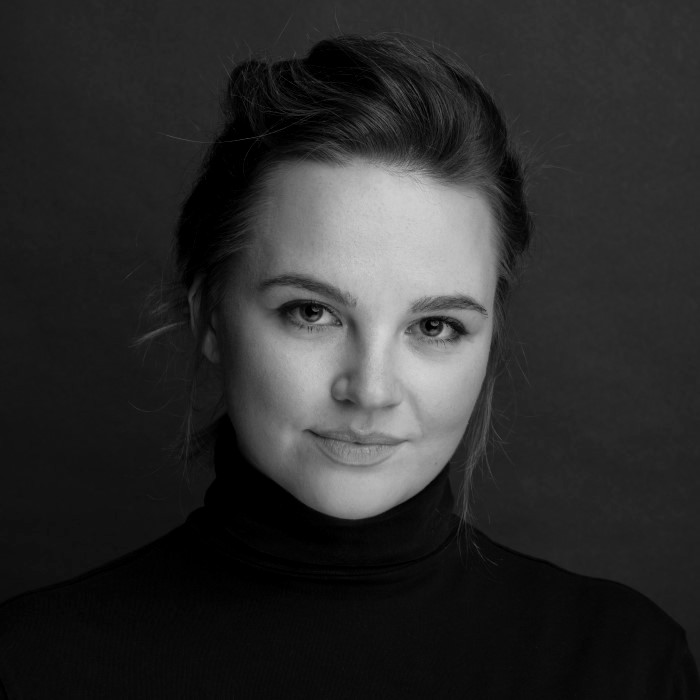 Gabriela Legun
Gabriela Legun 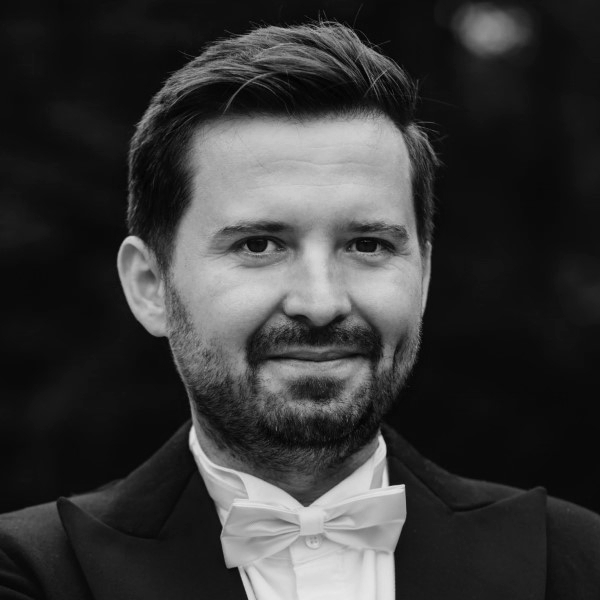 Emil Ławecki
Emil Ławecki 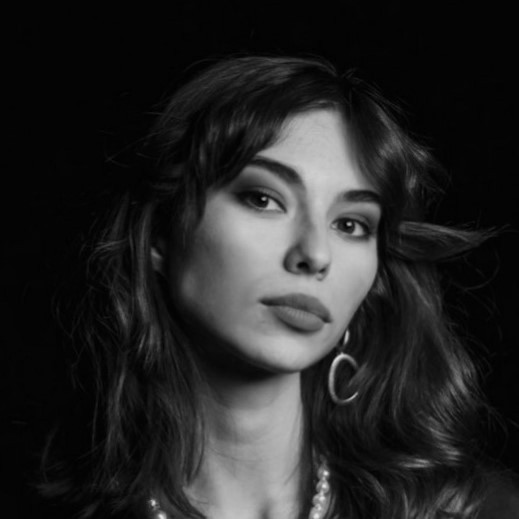 Katarzyna Drelich
Katarzyna Drelich  Jerzy Butryn
Jerzy Butryn 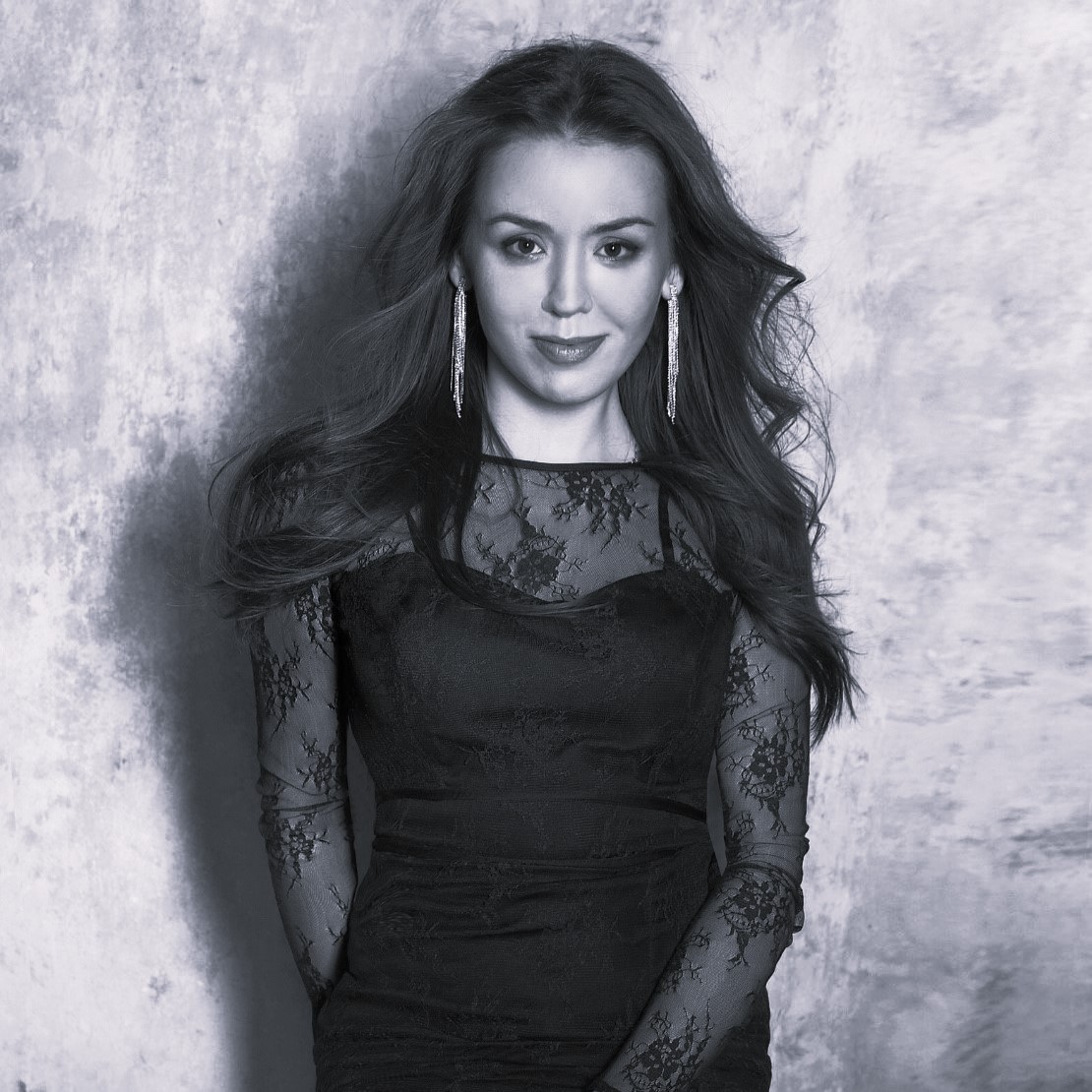 Sylwia Salamońska
Sylwia Salamońska ![[Translate to English:]](/fileadmin/import/media/img/ludzie/spiewacy/Kamil_Zdebel_24_-_kwadrat.jpg) Kamil Zdebel
Kamil Zdebel ![[Translate to English:]](/fileadmin/media/img/ludzie/spiewacy/Lukasz_Klimczak_2024_-_kwadrat.JPG) Łukasz Klimczak
Łukasz Klimczak 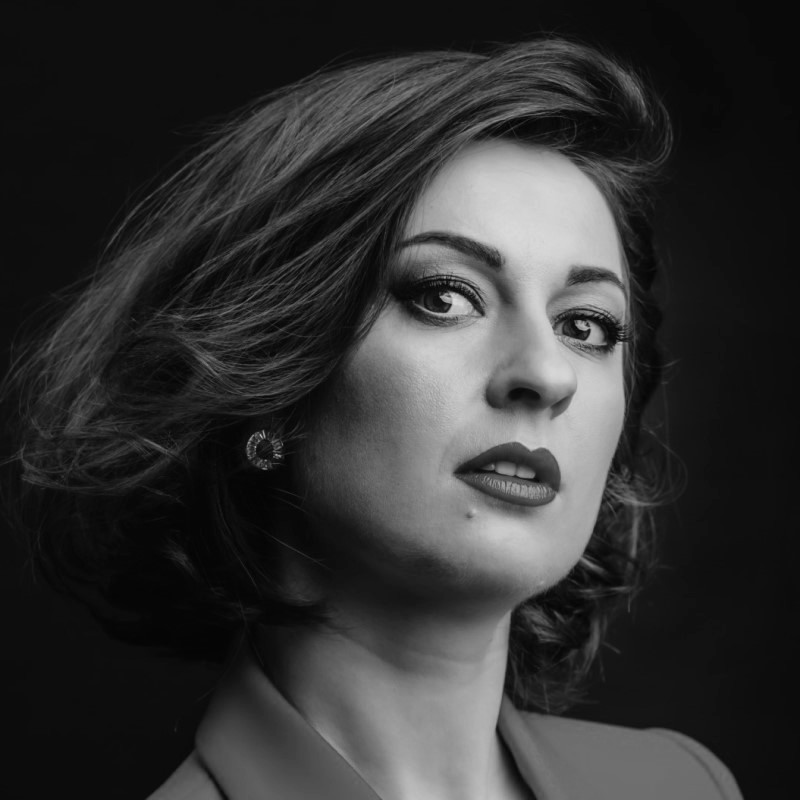 Magdalena Stefaniak
Magdalena Stefaniak ![[Translate to English:] Zuzanna Nalewajek](/fileadmin/_processed_/b/f/csm_Zuzanna_Nalewajek_mini_fot._L._Dyczko_2bc267f7f2.jpeg) Zuzanna Nalewajek
Zuzanna Nalewajek 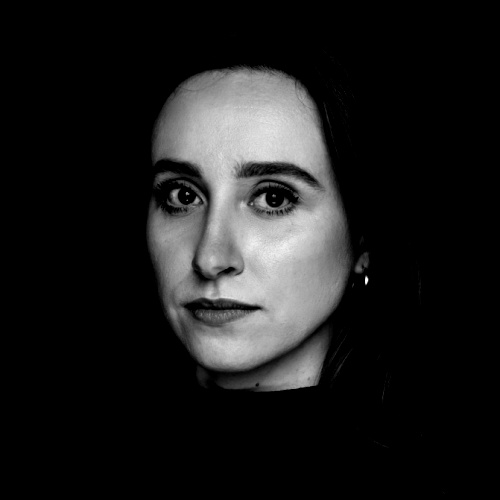 Magdalena Pluta
Magdalena Pluta 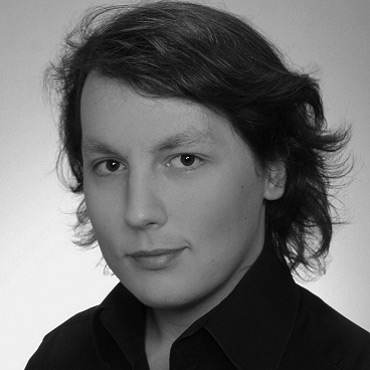 Piotr Maciejowski
Piotr Maciejowski 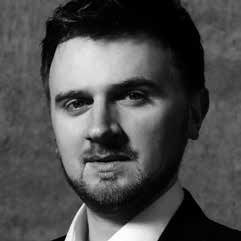 Paweł Kołodziej
Paweł Kołodziej  Maciej Kwaśnikowski
Maciej Kwaśnikowski ![[Translate to English:]](/fileadmin/media/img/ludzie/dyrygenci/Banaszak_Adam_miniatura.jpg) Adam Banaszak
Adam Banaszak 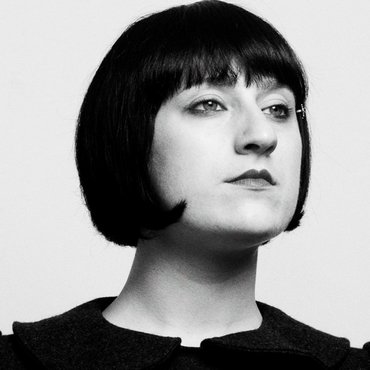 Suzanne Andrade
Suzanne Andrade  Barrie Kosky
Barrie Kosky 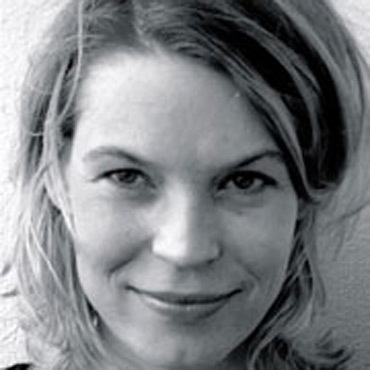 Esther Bialas
Esther Bialas 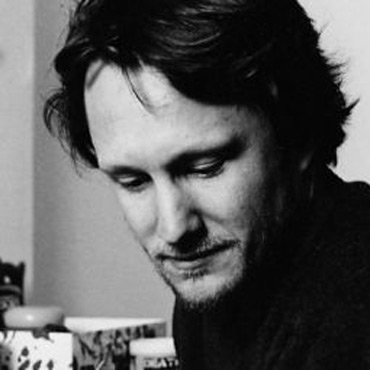 Paul Barritt
Paul Barritt 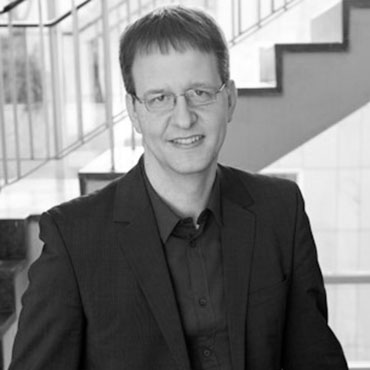 Ulrich Lenz
Ulrich Lenz 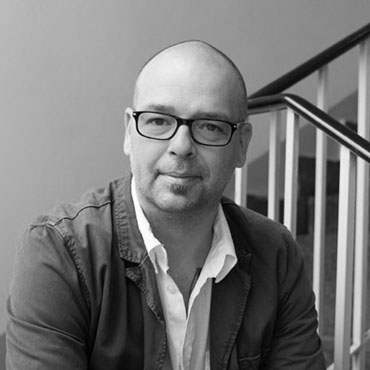 Diego Leetz
Diego Leetz 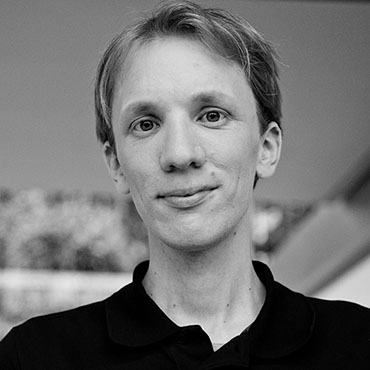 Tobias Ribitzki
Tobias Ribitzki  Mirosław Janowski
Mirosław Janowski 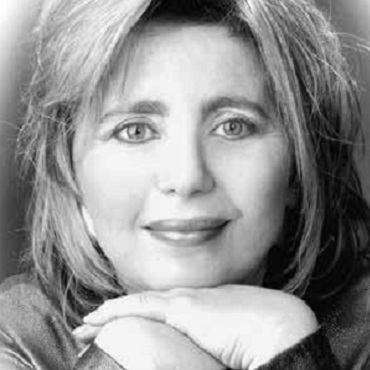 Danuta Chmurska
Danuta Chmurska 